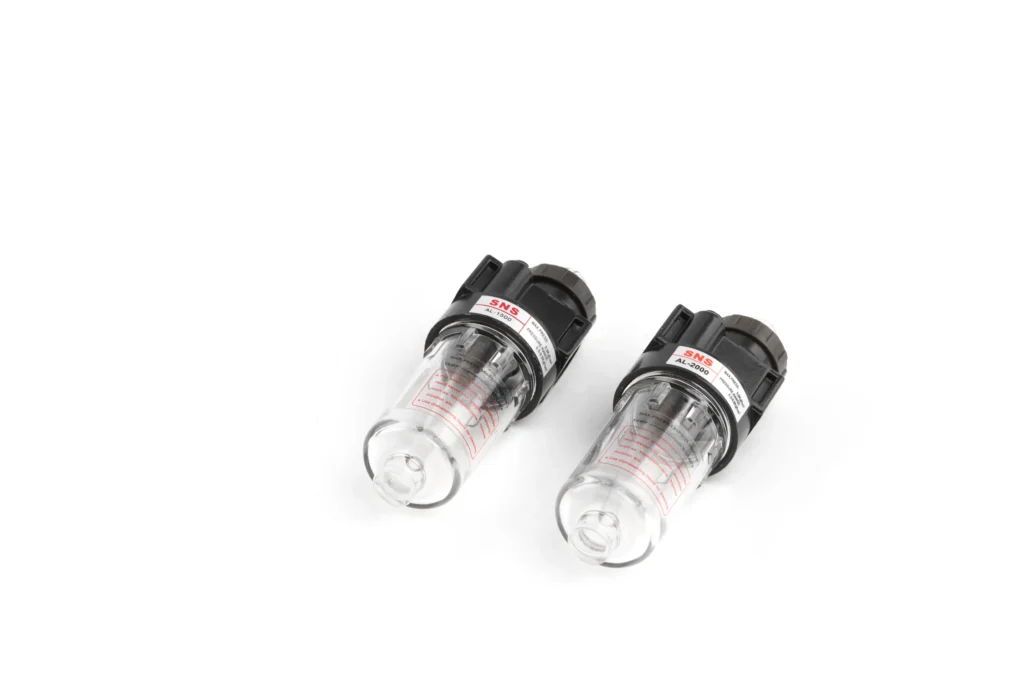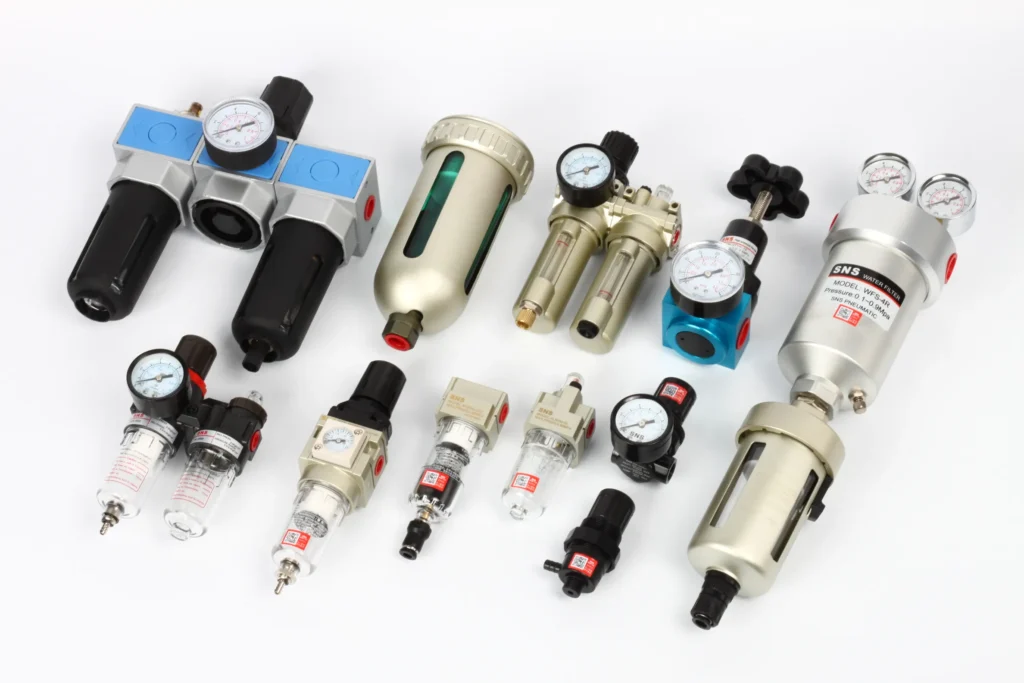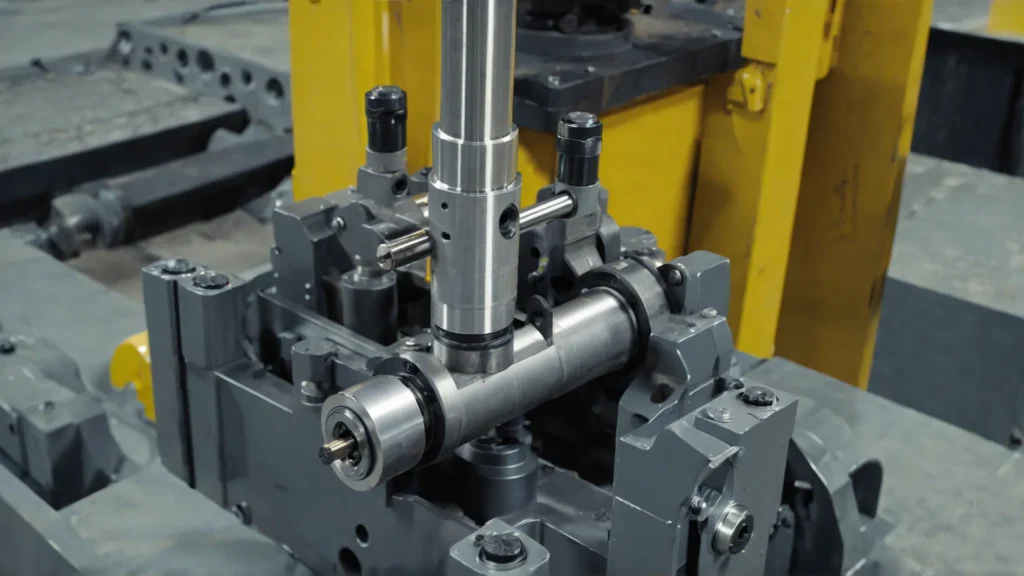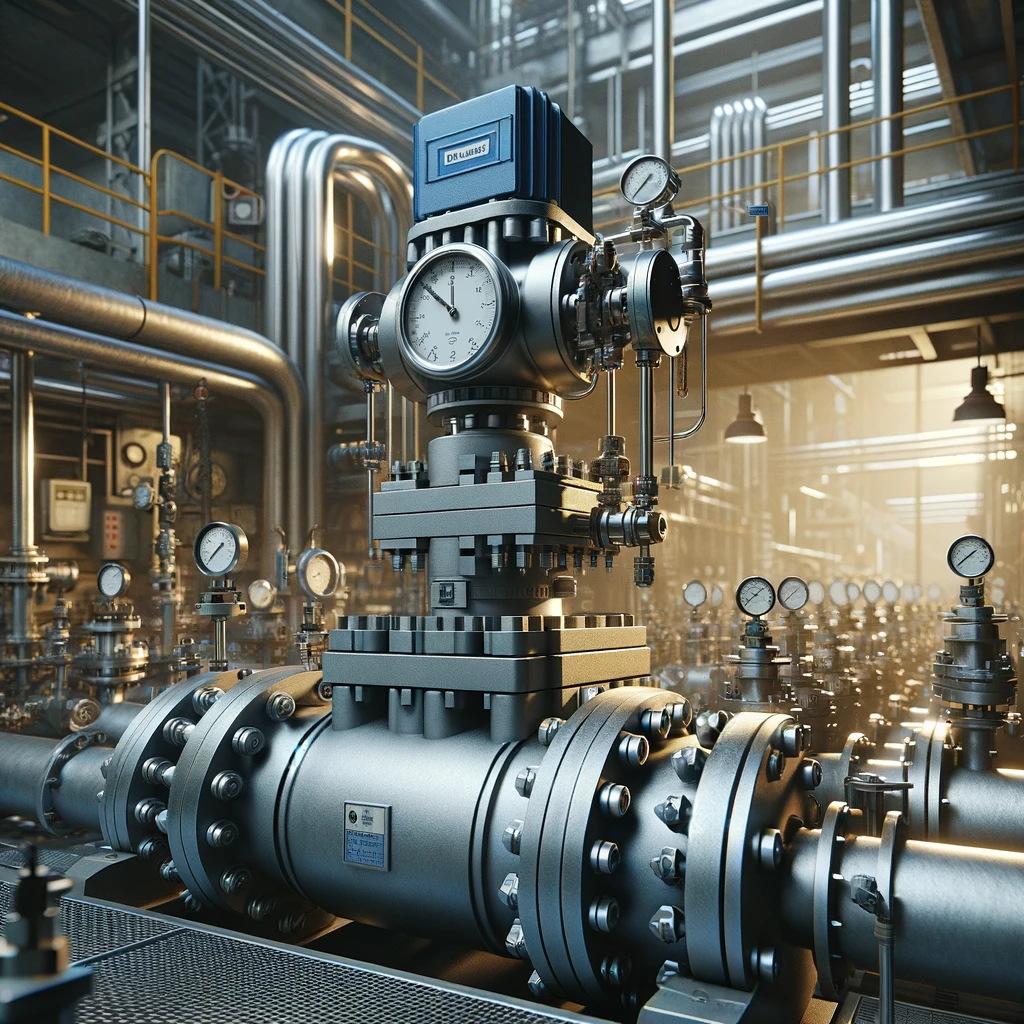Understanding Pneumatic Lubricators: Function, Design, and Maintenance
What is a Pneumatic Lubricator?
A pneumatic lubricator is a device that injects a fine mist or aerosolized stream of oil into a compressed air system. Its primary purpose is to lubricate the internal moving parts of pneumatic tools, actuators, valves, and other downstream equipment. This lubrication reduces friction, enhances performance, and extends the lifespan of machinery. Typically, pneumatic lubricators are part of an FRL (Filter-Regulator-Lubricator) unit, which ensures clean, regulated, and lubricated air flows through the system.
While many modern pneumatic tools come pre-lubricated and may not require additional lubrication, others—especially those operating at high speeds—rely on lubricators to prevent wear and tear. Without proper lubrication, such tools can quickly degrade, leading to costly repairs or replacements.
How Does a Pneumatic Lubricator Work?
The operation of a pneumatic lubricator is based on the venturi effect. Compressed air enters the lubricator through an inlet port and passes over a needle valve orifice connected to a pick-up tube submerged in an oil reservoir. The airflow creates a pressure drop that pulls oil up through the tube. The oil is then atomized into fine droplets or mist as it exits the outlet port along with the compressed air. This mist mixes with the air stream and travels to downstream equipment.
Some compressed air also enters the oil reservoir through a fixed orifice, creating pressure that helps push oil into the transfer tube. The amount of oil released can be adjusted using an oil rate adjustment needle. A transparent drip window allows users to monitor and control the oil flow rate visually.
There are two main types of pneumatic lubricators:
- Micro-fog Lubricators: These produce an ultra-fine mist suitable for complex systems with multiple cylinders and manifolds.
- Oil-fog Lubricators: These emit larger droplets and are ideal for applications requiring significant lubrication, such as machine slides.

What Does a Pneumatic Lubricator Do?
A pneumatic lubricator serves several critical functions:
- Reduces Friction: By providing consistent lubrication, it minimizes friction between moving parts in pneumatic systems.
- Prevents Wear and Tear: Continuous lubrication reduces component degradation, extending equipment life.
- Enhances Efficiency: Properly lubricated tools operate more smoothly, improving accuracy and reducing energy consumption.
- Lowers Maintenance Costs: By protecting equipment from premature failure, lubricators reduce downtime and repair expenses.
Pneumatic Lubricator Design and Operation
A pneumatic lubricator is a crucial component in pneumatic systems, designed to ensure that air tools and other devices receive the necessary lubrication for optimal performance. Positioned directly upstream of an air tool, the lubricator injects a controlled amount of oil into the compressed air stream before it enters the tool, preventing wear and prolonging the tool’s life.
Components of a Pneumatic Lubricator
- Oil Adjusting Valve: This valve regulates the amount of oil that mixes with the compressed air, allowing for precise control over lubrication levels.
- Sight Feed: A transparent section that enables users to monitor the oil flow, ensuring that the air remains adequately lubricated. This visual cue is vital since insufficient lubrication can lead to rapid tool failure.
- Bleeder Assembly: This component allows excess air from the inlet to escape, maintaining proper pressure within the system.
- Lubricator Cap: Facilitates easy access to the oil reservoir for refilling, which can be done even while the system is under pressure.
- Capacity Valve: This valve adjusts automatically based on airflow. As air demand increases, it opens wider to allow more oil to drip into the stream, ensuring consistent lubrication.
- Body Materials: The body of pneumatic lubricators is typically made from durable materials such as aluminum, die-cast zinc, PA 66 (Nylon 66), or stainless steel, chosen based on their resistance to various chemicals and environmental conditions.
- Siphon Tube: Responsible for drawing oil from the reservoir to the sight feed, ensuring a steady supply of lubricant.
How Do You Fill a Pneumatic Lubricator?
Filling a pneumatic lubricator is straightforward but requires attention to safety:
- Turn Off Air Supply: Always shut off the compressed air system before refilling to prevent accidents.
- Locate the Oil Inlet: Most lubricators have an easily accessible inlet at the top of the reservoir bowl.
- Add Oil Carefully: Use light mineral oil specifically designed for pneumatic systems. Avoid overfilling; follow manufacturer guidelines for optimal levels.
- Reassemble Securely: Ensure all components are tightly sealed before restarting the system.
Regular maintenance is essential to keep your lubricator functioning effectively. Check oil levels frequently and refill as needed based on usage conditions.
FAQs
1.What kind of oil should be used in a pneumatic lubricator?
Use light mineral oil specifically designed for pneumatic systems. Avoid using oils not recommended by the manufacturer to prevent damage.
2.How do I know if my pneumatic system needs lubrication?
Check the tool or equipment manual. Many modern tools are pre-lubricated, but high-speed or heavy-duty tools often require additional lubrication via a lubricator.
3.How often should I refill the oil in a pneumatic lubricator?
The frequency depends on usage conditions. Regularly inspect the oil level in the reservoir and refill as needed to maintain consistent lubrication.





